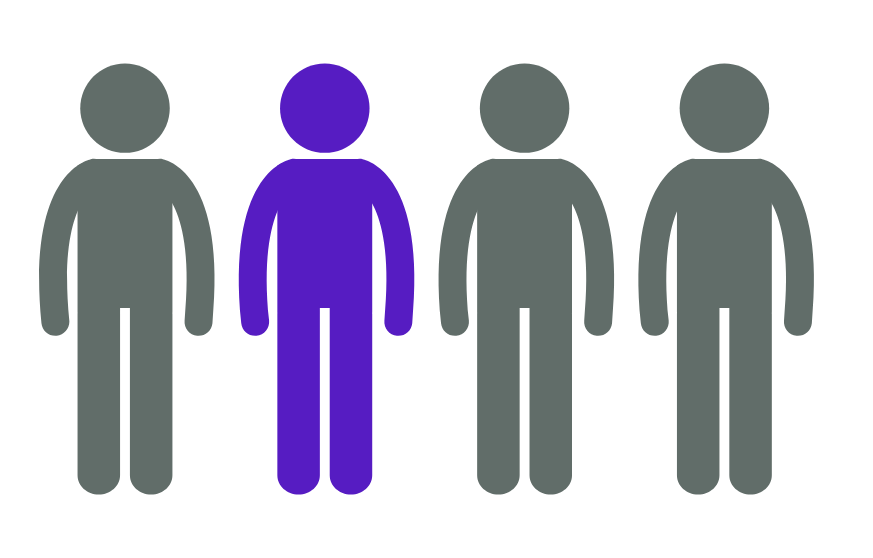
Be There
It doesn’t matter how you show up for someone with a substance use disorder. All that matters is that you do. Be there.
Thank you for taking the time to learn more so that you can be there for someone in your life.
Substance use can be difficult to talk about. Stigma is a set of negative beliefs about a person or group of people; illicit drug use disorder is the most stigmatized health condition in the world, with alcohol use disorder not far behind.
In a world where stigma often overshadows empathy, the Be There anti-stigma campaign promotes support for loved ones who are struggling with substance use. Multiple organizations serving six rural counties in Washington have launched this powerful initiative to break down barriers, foster understanding, and promote a culture of compassion and assistance.
Be there.
In 2022 the United States saw an unprecedented number of drug overdose deaths: 109,680. Estimates indicate as many as 1 in 4 Americans will experience a mental healthcare need or will misuse alcohol or drugs in their lifetimes.
It can be difficult to know where to start. Here are some simple steps to be there for yourself or a loved one:
#1
Learn about naloxone (commonly referred to as Narcan) and keep it in your car or home first aid kit. Naloxone is an opioid overdose reversal medication that reverses the impact of an overdose until a person can receive medical care. There are also local vending machines where you can get naloxone for free.
#2
Safely dispose of unused opioid prescriptions by returning them to a local take-back program.
#3
The good news is that offering support is as simple as a text message, a friendly cup of coffee, or a listening ear. Even when you don’t know what to say, willingness to talk helps others feel less alone.
Getting help can feel overwhelming. If you or a loved one is seeking care for a substance use concern, be there and use the links below to find support:
The Washington Recovery Helpline is available 24 hours a day at 866-789-1511 to help you get connected to the care you need. Their website also offers a searchable map to find care in your area.
The Washington Department of Health has a searchable map for all forms of behavioral health services across the state.

Reducing Stigma
We can reduce stigma by having a better understanding of why addiction occurs and openly talking about it. Be there by learning more:
-
Addiction changes how the brain functions and it makes recovery more difficult. This brief video explains why it is challenging and how it can be overcome.
-
Parents play a powerful role in helping their children make decisions about substance use. Learn how to talk to children and youth about substance use prevention and the dangers of illicit fentanyl.
-
Washington has seen a rise in opioid-related deaths statewide. Treatments for opioid use disorder can vary, depending on the needs of the individual. Learn more about opioid use disorder, what treatments exist, and how you can help yourself or a loved one.
Breaking the Silence: Sharing Stories of Recovery
In a world where conversations about substance use disorders are often surrounded by stigma and shame, it is crucial to shed light on the transformative power behind stories of recovery. Openly discussing these narratives fosters a sense of community and lets those who are currently struggling know that they are not alone.
For more local recovery stories, visit the Central Washington Recovery Coalition’s Stories of Recovery Playlist on YouTube.

Partner with Us to Reduce Stigma
In the fight against stigma, collaboration is key. Together, we can create a world where everyone feels heard, understood, and supported on their mental health journey. Let's join hands, spread awareness, and make a lasting impact in the lives of those affected by stigma. The time to "Be There" is now.
Our Partners
This project is supported by the Health Resources and Services Administration (HRSA) of the U.S. Department of Health and Human Services (HHS) under grant number GA145991, the Rural Communities Opioid Response‐Implementation totaling $1,000,000 with 25% percent financed with non-governmental sources. The contents are those of the author(s) and do not necessarily represent the official views of, nor an endorsement, by HRSA, HHS, or the U.S. Government.




















